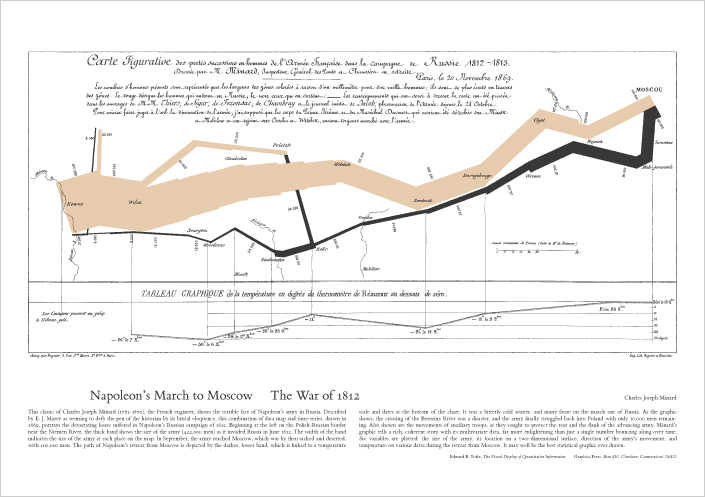If any of you are looking for a good text on race, ethnicity and American politics (of which there are very few), my colleague (and fellow Cuban) Jessica Lavariega Monforti has co-edited a volume that you might want to examine. She’s an Assistant Professor of Political Science and Women’s Studies at the University of Texas – Pan American. The book is called Black and Latino/a Politics: Issues in Political Development in the United States (2006 Barnhardt and Ashe). She describes the rationale for the book below:
As students of urban, racial, and ethnic politics in the United States, we are intimately aware of the fact that very few issues embraced by U.S. officials and institutions over the past quarter century have excluded considerations of race and ethnicity, but this fact is not reflected in the literature of mainstream political science. We wanted to create an edited volume that speaks to this problem by looking at the intersection of race, ethnicity, and political development in the U.S.
In Black and Latino/a Politics, we have included chapters on identity, empowerment, political and social issues, political participation, black-brown coalitions, and public policy. Our hope was to produce a text that was comprehensive in nature, so we also included issues of gender and urban politics as well as analyses of institutions and organizations within these communities of color. There is no more important story to be told than the struggle by Blacks and Latina/os for power in the face of a multitude of constraints that seek to undermine the full flowering of Black and Latina/o strength in the political process.
The processes of governance, the distribution of political power and resources in society, and the emergence and movement of ideas in this country have been profoundly influenced by the existence, beliefs, thoughts, and behaviors of Latinos and Blacks. In other words, Blacks and Latinos have been active participants in the political development of this nation-state and the political institutions therein.
Inherently it seems as though we are headed toward a point in time where critical decisions about the future of Latino and African American political development will be made. New leaders will surface, new relationships will be cultivated, and old relationships may be reinvented to deal with some of the same trials and tribulations that the African American and Latino communities have been confronting for over 400 years. At present, it seems clear that we have a unique opportunity to again change the face of politics in the United States. For better or worse we have been able to determine why — but the questions of who, when, how, and where remain unanswered.




